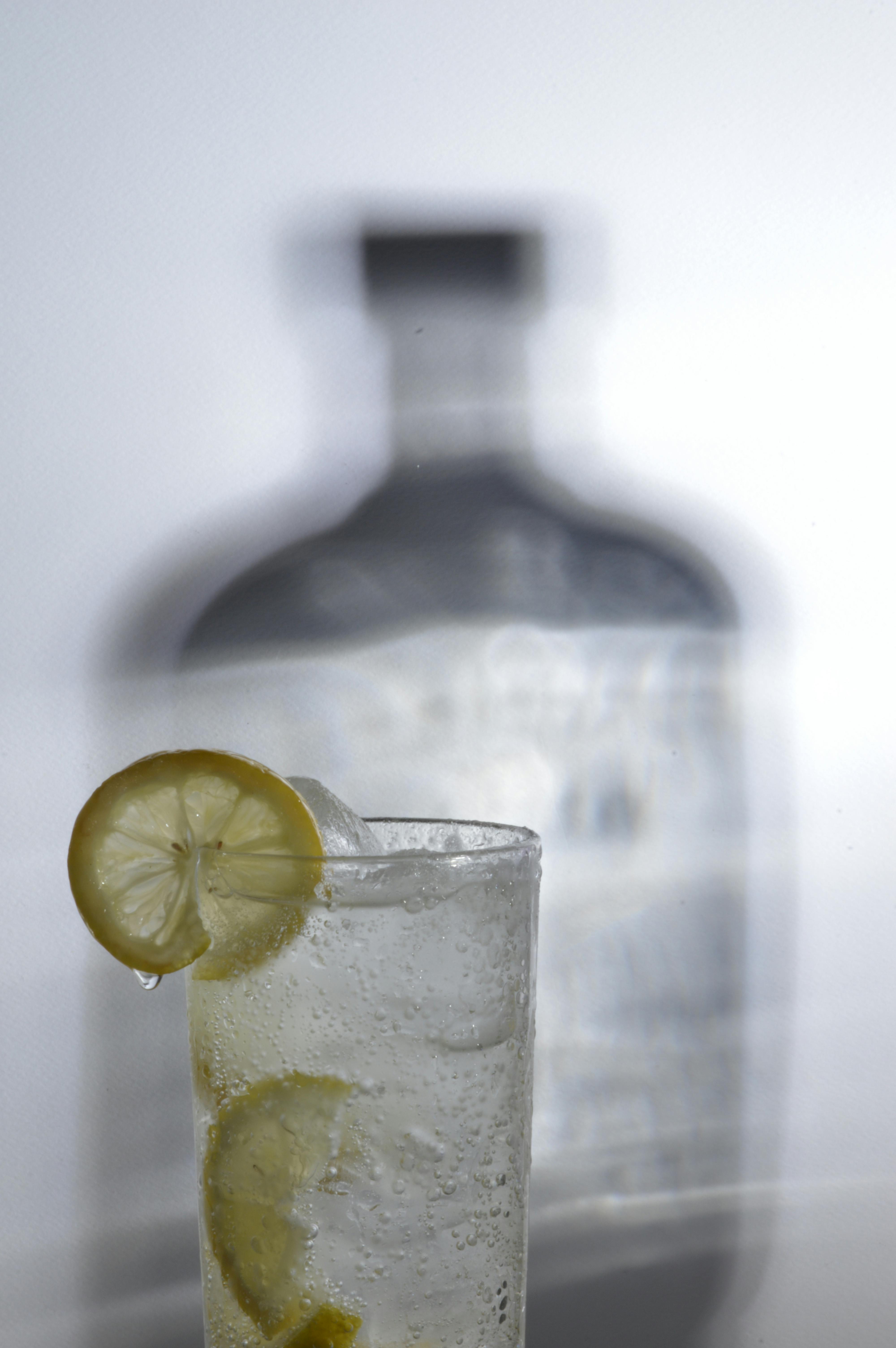Effective Ways to Manage Your Wisdom Teeth Diet in 2025

Apply Now


Essential Guide to Managing Your Wisdom Teeth Diet in 2025
Understanding the Impact of Wisdom Teeth Removal
Managing your diet after wisdom teeth extraction is crucial for effective recovery. The process of removal usually leads to swelling and discomfort that can complicate eating, making it vital to follow a diet that promotes healing while being easy to consume. This guide will delve into the recommended foods for wisdom teeth recovery, meal planning ideas, and essential tips to manage pain through diet. Individuals may experience difficulties while chewing after surgery, leading to the necessity of a tailored diet. This post aims to explore various food options, ensuring you get vital nutrients without causing additional discomfort. By focusing on healing foods and dietary guidelines specific for post-operative care, you can navigate this recovery phase with ease.Foods to Include in Your Wisdom Teeth Recovery Diet
When it comes to foods that are gentle on the gums, consider incorporating nutrient-dense items such as yogurt, smoothies, and soups into your meals. These options are not only easy to consume but also rich in vitamins critical for your recovery process. For example, smoothies provide an excellent way to blend a variety of fruits and vegetables that offer hydration and nutrition without requiring chewing. For those seeking meal prep options, look for easy-to-digest recipes like creamy risottos or soft pasta dishes. These meals ensure you receive fiber and essential nutrients while being comfortingly bland, which is especially beneficial if you're dealing with sore gums. Furthermore, soft foods can help manage the discomfort commonly experienced post-surgery, easing your diet transition.Post-Surgery Snack Ideas for Comfort and Nutrition
After wisdom teeth removal, it’s crucial to keep hydration levels high. Smoothies and healing teas are great drinkable options that can double as snacks. Consider smoothies made with greens or protein powder for additional nutritional support. These drinks can help replace lost nutrients and keep you full without causing discomfort to your healing gums. Nutritious soups are another excellent option. They can be enriched with soft cooked vegetables and blended to produce a soothing consistency. Varieties like butternut squash or chicken broth are not only comforting but are also fortified with vitamins that support healing. If you’re looking for more variety, there are plenty of [nutritious soups for healing](https://example.com/soups) that cater to dietary needs post-extraction.Building a Post-Operative Meal Plan
With your diet largely influenced by the need for gentle foods, creating a meal plan can streamline the recovery process. Start by listing foods that are easy to prepare and appropriate for your current condition. Incorporate a mix of liquid and soft foods to ensure you receive balanced nutrition without aggravating sensitive areas.Soft Food Recommendations for Smooth Recovery
When formulating your post-operative meal plan, focus on integrating foods that require minimal chewing. For instance, options like mashed potatoes, smoothies, or pudding can provide comfort while ensuring you're hitting your nutritional marks. Don't forget to include protein sources such as soft-cooked eggs and cottage cheese to encourage tissue repair and healing. Pay attention to not only the texture but also the temperature of the foods you consume. Consuming food that is lukewarm rather than hot can prevent increased discomfort and sensitivity in the healing gums.Nutrition Tips and Hydration Guidelines After Surgery
Post-surgery, hydration plays a key role in your recovery. Aim to drink plenty of fluids throughout the day, focusing on water, herbal teas, and smoothies. Maintaining hydration can help ease swelling and flush out any toxins that may hinder healing. Remember to avoid using straws, as the suction can disrupt any clots that have formed in the extraction site. For those managing discomfort with diet, you might consider including anti-inflammatory foods such as avocados or blueberries, which provide essential nutrients while helping with inflammation. In addition, it's helpful to track your nutrient intake to ensure you're receiving key vitamins and minerals that promote recovery.
Comfort Foods to Consider During Healing
Incorporating comfort foods into your diet can significantly enhance your post-surgery experience. Foods like smooth applesauce or yogurt can soothe aching gums while offering nutritional value. Homemade smoothies can be just the ticket—try different combinations of fruits and leafy greens to create healthy variations.Best Practices for Eating After Wisdom Teeth Surgery
The transition back to regular solid foods should be gradual. Start with a fully liquid diet before moving to softer solid foods over a few days. This will help your body adjust, manage any potential discomfort, and promote healing. Stick to easy-to-chew meals, and as your recovery progresses, slowly introduce more textures while monitoring any sensitivity. Meanwhile, avoiding hard foods, crunchy snacks, and anything spicy is crucial as these can irritate the extraction site. Instead, opt for gentle flavors and textures—think creamy soups, oatmeal, or even refried beans. These foods are easier to chew and digest, minimizing the risk of complications while helping you feel fuller.Emphasizing Nutrition and Recovery
The key to effectively managing your wisdom teeth diet lies in selecting nutrient-dense foods that promote healing. Focus on incorporating foods rich in proteins, healthy fats, and vitamins that will nourish your body as it recovers.Essential Vitamins and Foods to Boost Recovery
Vitamin-rich foods can significantly influence your healing experience. Foods like spinach, almonds, and fish are packed with necessary nutrients. As your gums heal, consider recipes that combine these ingredients in smoothies or breakfast bowls to maximize recovery. Be sure to challenge your culinary creativity during this time—experimenting with various soft food recipes can make each meal feel new and exciting, preventing diet fatigue. Look for easy recipes for soups and smoothies that uplift your spirits by making healthy eating a delightful experience.